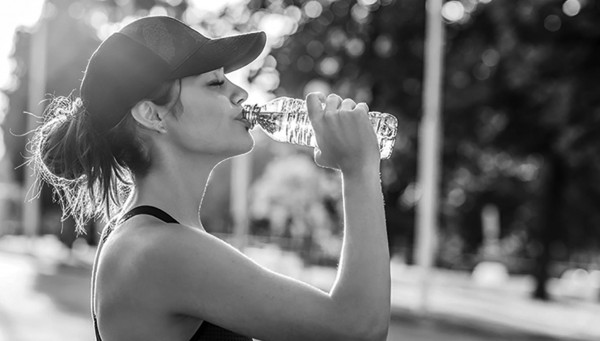How to avoid dehydration in the great outdoors

Hiking, fishing and swimming are among the more popular ways to experience the great outdoors. Outdoor enthusiasts may find nothing better than a day on their favorite trail or an afternoon spent fishing or swimming in a nearby lake.
Nature can inspire a sense awe and wonder, and in such situations it can be easy to overlook safety. That’s a potentially dangerous mistake but one that is easily avoided. Nature enthusiasts accustomed to spending long hours in the great outdoors are vulnerable to a host of potentially dangerous conditions, including dehydration. Avoiding dehydration involves learning to recognize its signs and symptoms and how to prevent it from occurring.
What is dehydration?
According to the U.S. National Library of Medicine, dehydration occurs when the body loses more fluids than it is taking in. When that happens, the body does not have enough fluids to function properly.
What causes dehydration?
Numerous things can cause someone to become dehydrated, including not drinking enough fluids. Diarrhea, vomiting, sweating too much, and urinating too much are some other factors that can cause someone to become dehydrated.
Why are outdoors enthusiasts at risk of dehydration?
Outdoor enthusiasts who spend ample time outdoors during hot weather are at risk of dehydration if they do not drink enough fluids while outside. The risk of dehydration on hot days is higher because people are more likely to sweat a lot when the temperature rises. If those fluids are not replenished, and replenished often, dehydration can occur. In addition, the USNLM notes that outdoor exercise during hot days increases the risk of dehydration. Outdoor activities that are physically challenging, such as hiking, rock climbing and kayaking, are a form of exercise that can make participants more vulnerable to dehydration.
What are the symptoms of dehydration?
The Mayo Clinic notes that thirst is not always a reliable indicator that the body needs water. Older adults are more vulnerable to dehydration than others because they naturally have a lower volume of water in their bodies. Aging men and women also don’t typically feel thirsty until they’re already dehydrated. So it benefits people of all ages, and especially the elderly, to learn these symptoms of dehydration.
• Extreme thirst
• Less frequent urination
• Dark-colored urine
• Dry mouth
• Less frequent sweating
• Feeling tired
• Dizziness
• Dry skin
Parents should know that infants and children may exhibit symptoms of dehydration that differ from those experienced by adults. Such symptoms may include:
• Dry mouth and tongue
• Crying without tears
• No wet diaper for three hours or more
• High fever
• Being unusually sleepy or drowsy
• Irritability
• Eyes that appear sunken
Can dehydration be prevented?
Ensuring sufficient fluid intake can help people avoid dehydration. Drinking enough water each day and avoiding outdoor physical activity on hot days are some other ways to reduce dehydration risk. In addition, avoid sugary and/or caffeinated beverages to reduce risk for dehydration.
A perfect day outdoors involves drinking enough fluids to stay hydrated.

